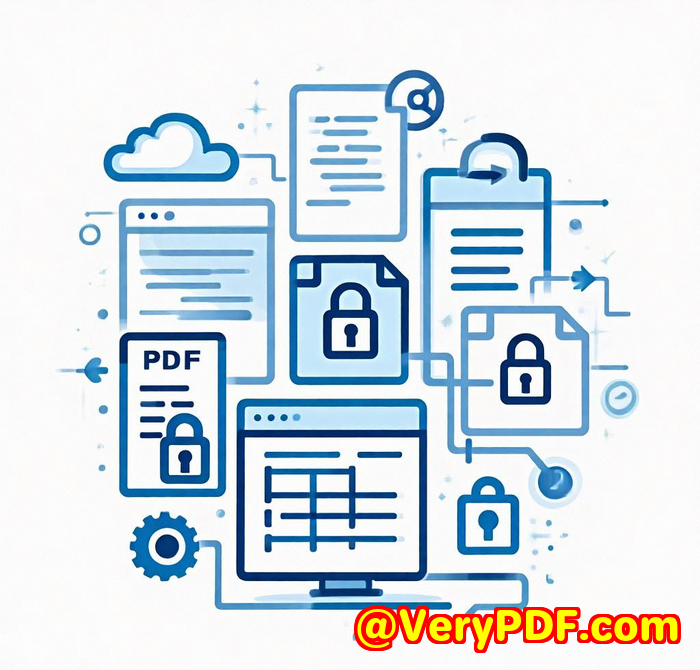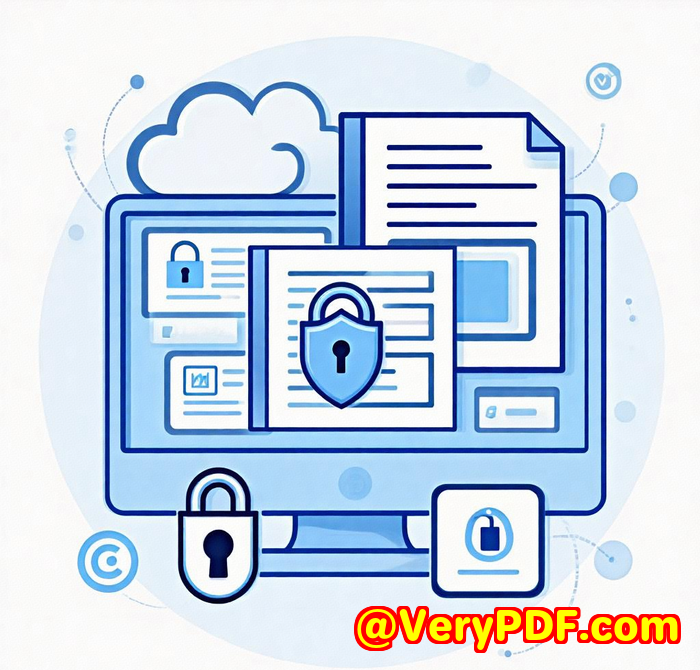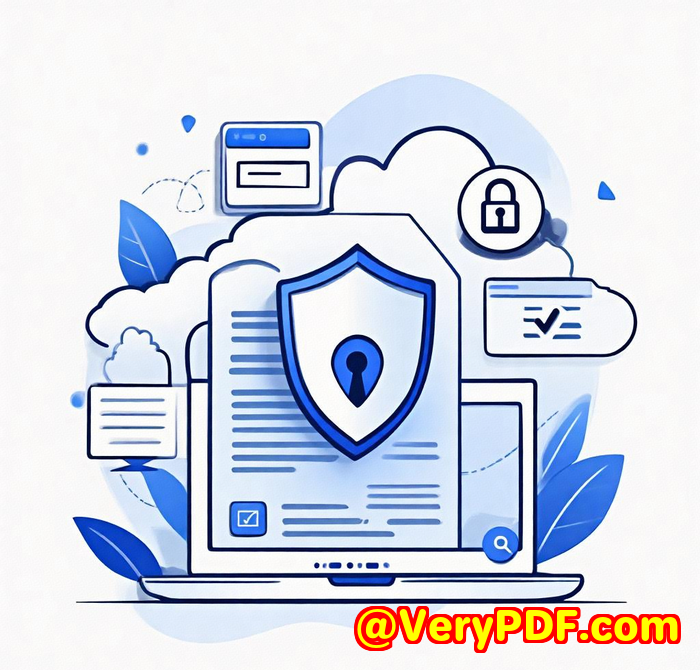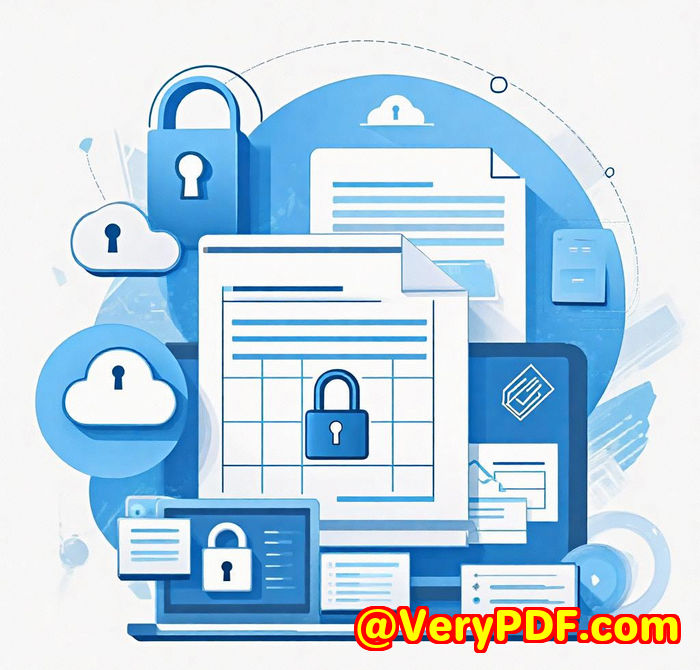Customize Annotation Features for PDFs Using Full Source Code from VeryPDF HTML5 SDK
Customize Annotation Features for PDFs Using Full Source Code from VeryPDF HTML5 SDK
Meta Description
Take full control of your PDF annotations with VeryPDF's HTML5 PDF Annotation Source Code perfect for developers who want custom features.
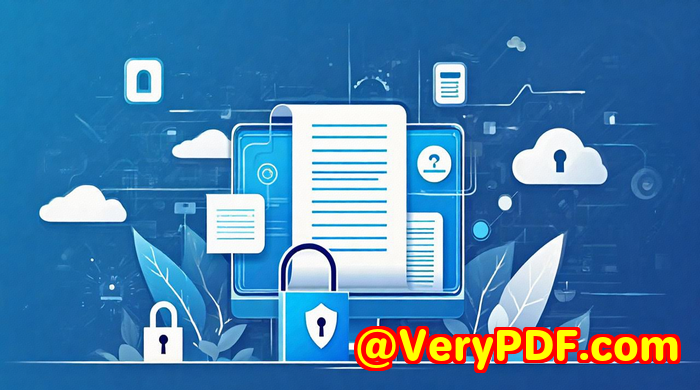
Every dev team has hit this wall
You've built a great document workflow. PDFs load perfectly. The viewer is snappy. But then someone says,
"Can we add collaborative annotations like comments, highlights, sticky notes and have them saved in the doc?"
You dive into the rabbit hole of APIs, third-party plugins, and licensing nightmares. Either the tools are closed-source and rigid, or they work on only one browser, or they need a plugin users won't install.
That's where I was six months ago. Our SaaS platform handled internal document reviews for engineering firms. We needed markup tools but ones we could tweak, style, and fully own.
After trying five different libraries, I landed on VeryPDF HTML5 PDF Annotation Source Code License. Total game changer.
Why this one? Total control. No nonsense.
Here's how I found out about it:
I was looking for a pure HTML5 PDF annotation tool with full source access, no plugins, no vendor lock-in. Most libraries I tested were either bloated or didn't allow backend integration. One even tried charging per user.
But then I stumbled across VeryPDF's HTML5 Annotation SDK.
They offered:
-
A fully customisable HTML5-based viewer
-
Annotation tools built for collaboration
-
Support for over 50 file types including Office files, CAD, and images
-
Full source code seriously, it's all there
This wasn't just some wrapper or black-box library. It was something I could actually edit, deploy, and extend however I wanted.
What it actually lets you do (with zero fluff)
We use the SDK to power document markup features across browsers and devices. Here's how:
True cross-platform HTML5 annotation
No plugins.
No Flash.
No Java applets.
Just straight HTML5 + JS that works in Chrome, Safari, Edge, Firefox, and even older versions of IE.
Rich annotation tools out of the box
Think:
-
Text highlights
-
Freehand pen tools
-
Sticky notes
-
Area comments
-
Strikeouts and underlines
-
Polyline shapes and arrows
-
Text with custom fonts, colours, backgrounds
-
Point/area/text comments layered by user
We even had one team member request different colours for each reviewer done in under 20 minutes with the source access.
Sync, export, burn into PDF
Annotations aren't just floating data. You can:
-
Export them as part of the PDF
-
Share documents with comments included
-
Burn markups into the final version
-
Remove or edit comments on the fly
This made QA reviews across teams actually usable. Before, folks had to send screenshots of markups via email. Total mess.
Real-world use cases that clicked
We had an architecture client reviewing blueprints. They needed to highlight areas, draw over CAD diagrams, and drop comments that persisted. No other tool we tested could handle DWG + live annotations in browser.
With this SDK, they now run the entire review process through their internal app no plugins, no downloads.
A legal firm we work with now uses the annotation feature for contract reviews. Multiple lawyers can annotate the same PDF, layer their comments, and export the final version all from a browser tab.
And in our app? We use it internally to mark up product roadmaps and meeting notes. It's like Google Docs commenting, but for any file format we need.
Why I'd choose it again (and again)
-
Full source code access means no surprises
-
50+ file types handled in one library PDF, DOCX, XLSX, PPT, DWG, TIFF, you name it
-
Zero dependency on plugins or client-side installs
-
REST API hooks for saving, syncing, and exporting
-
Mobile support works just as well on tablets
Honestly, it's not even a fair comparison anymore. Tools like PDF.js are great for viewing, but when it comes to annotations with full control, VeryPDF is in its own league.
If you're building anything that involves PDFs, document workflows, or multi-user collaboration get this SDK. You'll save months of development and give users something that just works.
Try it for yourself here:
https://veryutils.com/html5-pdf-annotation-source-code-license
Custom Development Services by VeryPDF
Need something beyond what's in the box?
VeryPDF offers custom builds for Linux, Mac, Windows, mobile, or server-based platforms. Whether you want OCR, PDF security, font tech, document conversion, or custom printer drivers, they've probably already done it.
They work across:
-
Python, PHP, C/C++, .NET, JavaScript, C#, HTML5
-
Virtual printer driver creation
-
Printer job interception and capture
-
OCR, barcode, and layout recognition
-
Document management tools
-
Cloud-based document workflows and digital signature support
If you've got a feature in mind that isn't already in their SDK they'll build it.
Contact them at http://support.verypdf.com/ to get started.
FAQs
1. Does the VeryPDF HTML5 PDF Annotation SDK work offline?
Yes, once integrated into your app, it can work in an on-premise or offline environment.
2. Can I change the look and feel of the annotation tools?
Absolutely. You have full source code, so customising the UI and styling is straightforward.
3. Is it suitable for enterprise apps with high traffic?
Yes the SDK is built for performance and supports heavy document workflows.
4. Can it annotate image files like TIFF and PNG?
Yes, it supports 50+ file formats including raster image types.
5. Is there a demo I can try?
Yes try the live version here:
https://online.verypdf.com/app/annotator/?url=https://online.verypdf.com/examples/cloud-api/verypdf2.pdf
Tags / Keywords
-
HTML5 PDF annotation SDK
-
Annotate PDF in browser
-
Custom PDF annotation tool
-
PDF markup source code
-
Web-based PDF annotation
-
PDF collaboration tools
-
Annotate documents online
-
JavaScript PDF annotator
-
VeryPDF HTML5 SDK
-
PDF annotation full source license
